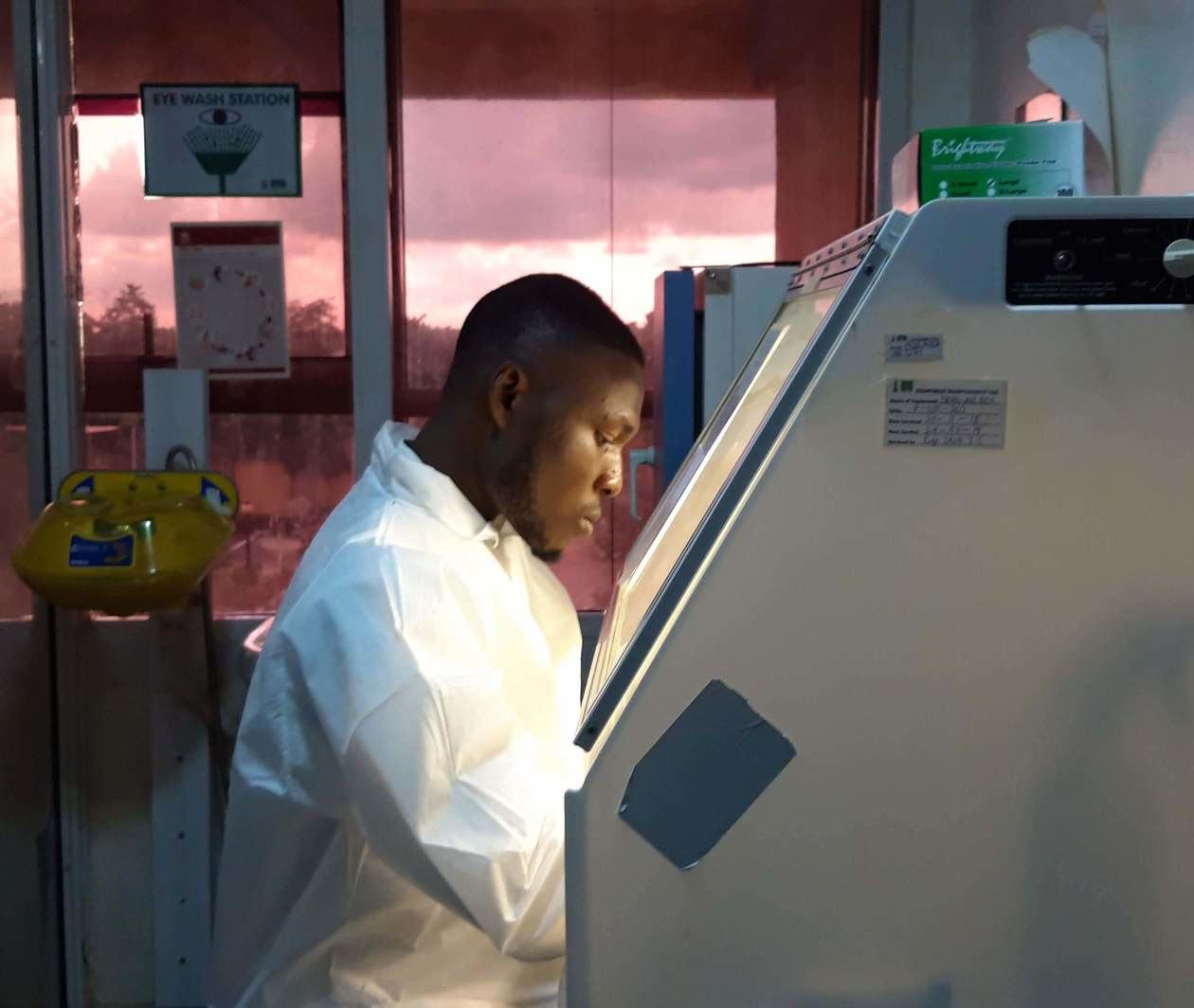Get the latest recommendations on COVID-19 diagnostics and testing, and how to improve testing capacity in low-income settings.

Duration
3 weeksWeekly study
3 hours
COVID-19: Diagnostics and Testing
Other courses you might like
This course isn't running right now. We can email you when it starts again, or check out these other courses you might like.
Browse more in Healthcare & Medicine
Understand the key role diagnostics play in outbreak control
As the world struggles to contain the COVID-19 outbreak, healthcare infrastructure and testing capacity have emerged as major issues.
Different countries have implemented different testing strategies, and from the range of diagnostic tests available, some have received authorization for use by national regulatory agencies.
There’s a need for independent evaluation of these tests and guidance on implementing safe and reliable testing.
On this course, you’ll discover the latest recommendations on COVID-19 testing and get up-to-date information on the performance of tests and how best to deploy them.
Syllabus
Week 1
COVID-19 and the role of diagnostics
Welcome and introduction
In this section we describe the course, how learning is supported, and introduce each other
The COVID-19 pandemic and diagnostics response
Learn about the global status of COVID-19 diagnostics and testing
Operational considerations for COVID-19 testing
In this section you will learn how to establish and scale up COVID-19 diagnostics and testing in your setting
End of Week 1
Learn about key FAQs around COVID-19 diagnostics and testing
Week 2
Molecular Testing for COVID-19
Welcome and introduction
In this section we will introduce you how to establish and scale up COVID-19 molecular diagnostic testing
Safe specimen collection, transport and testing
Learn how to how to collect, transport and test specimens safely
Testing on open molecular platforms
Learn how to select open platform tests for COVID-19 molecular testing
Testing on closed molecular platforms
Learn how to select closed platform tests for COVID-19 molecular testing
Ensuring quality and impact of COVID-19 testing
Learn how to ensure testing for COVID-19 is of a high quality and how to test results for patient management
End of Week 2
Test your knowledge on COVID-19 molecular diagnostics
Week 3
Immunoassays and lessons learned
Welcome to Week 3
In the final week of this course, we will focus on immunoassays for COVID-19
Introduction to immunoassays
In this activity we introduce the immunoassays
Role of immunoassays for COVID-19
In this activity we describe the role of immunoassays
Sequencing and data for action
In this article, we explore how diagnostic data can be used to inform key decisions in the COVID-19 response
Wrap up and next steps
In this last article, we reflect on the course and lessons learned from COVID-19 pandemic
Learning on this course
On every step of the course you can meet other learners, share your ideas and join in with active discussions in the comments.
What will you achieve?
By the end of the course, you‘ll be able to...
- Identify different types of diagnostics for COVID-19 testing, explore their current use in the COVID-19 response to better understand how they can be implemented in your country
- Engage with your peers and learn how countries are scaling up testing capacity while exploring key considerations to inform your country planning and implementation
- Identify key technical and operational considerations for testing and how to apply them to your setting to ensure safe and quality-assured testing services
- Develop an understanding of global recommendations on use of COVID-19 diagnostics and testing strategies
Who is the course for?
This course is designed for professionals involved in the testing and diagnosis of COVID-19, with a focus on low- and middle-income settings.
This may include Ministry of Health officials, laboratory managers, laboratory technologists and technicians, clinicians, programme managers, implementing partners and others involved in laboratory testing for COVID-19.
Who will you learn with?
Virologist and Molecular Biologist. CEO of Global Health Impact Group. US coordinator of activities for the LSHTM International Diagnostics Centre.
A Molecular Biologist/Virologist currently leading the Laboratory Systems Strengthening Community of Practice (LabCoP) at ASLM.
I work at FIND, the Foundation for Innovative New Diagnostics, based in Cape Town, South Africa. I support the uptake and appropriate use of diagnostics to achieve impact.
Who developed the course?
FIND, the global alliance for diagnostics
FIND is a global non-profit organization that drives innovation in the development and delivery of diagnostics to combat major diseases affecting the world’s poorest populations. We turn complex diagnostic challenges into simple solutions through unique partnerships with the public, private and non-profit sectors.
African Society for Laboratory Medicine
The African Society for Laboratory Medicine is an independent, non-profit organisation founded in 2011 that coordinates, galvanises and mobilises relevant stakeholders from the local to international levels to improve local access to world-class diagnostic services and ensure healthy African communities. ASLM is the first pan-African society for laboratory professionals, endorsed by the African Union and supported by multiple African Ministers of Health through its Ministerial Call for Action.
Learning on FutureLearn
Your learning, your rules
- Courses are split into weeks, activities, and steps to help you keep track of your learning
- Learn through a mix of bite-sized videos, long- and short-form articles, audio, and practical activities
- Stay motivated by using the Progress page to keep track of your step completion and assessment scores
Join a global classroom
- Experience the power of social learning, and get inspired by an international network of learners
- Share ideas with your peers and course educators on every step of the course
- Join the conversation by reading, @ing, liking, bookmarking, and replying to comments from others
Map your progress
- As you work through the course, use notifications and the Progress page to guide your learning
- Whenever you’re ready, mark each step as complete, you’re in control
- Complete 90% of course steps and all of the assessments to earn your certificate
Want to know more about learning on FutureLearn? Using FutureLearn


